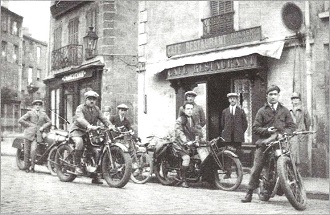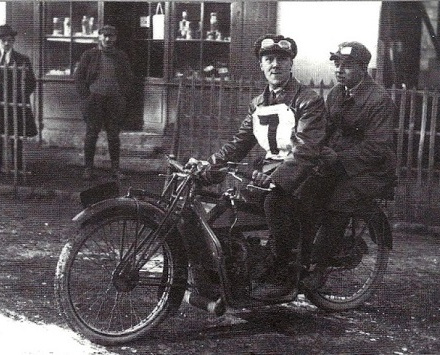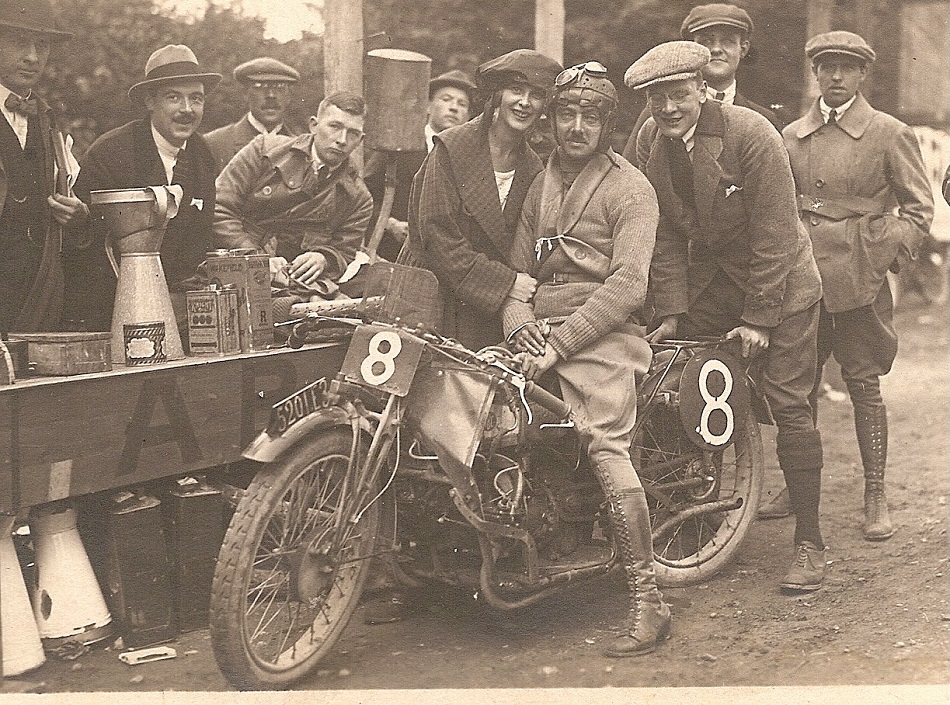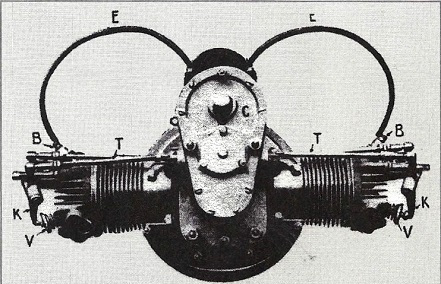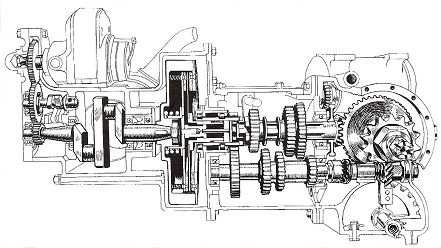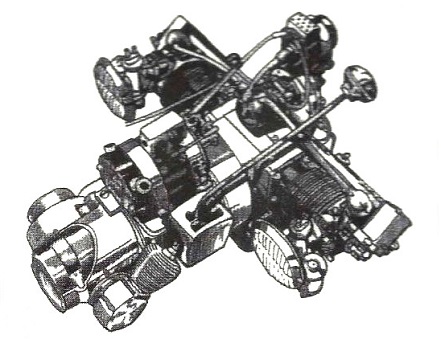The history of the Gnome et Rhône ABC
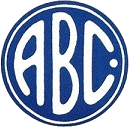
Like many other companies at the end of the Great War, Gnome et Rhône had a technological capital it needed to exploit and the motorcycle sector seemed promising. Above all it was seen by the firm as a relay until the Jupiter engine proved successful. This plan turned out to be good as the motorcycle would go on to represent a good chunk of the turnover: 15% in 1922, 18.7% in 1924. But this was 1919 and the great adventure was only about to begin. The directors were just waiting for the start signal.
As with the car sector the economic situation was not brilliant. The government put up hefty customs barriers in order not to add to the French industry’s difficulties. To bypass the system, some foreign manufacturers therefore tried to open subsidiaries or assembling plants in France.
The British manufacturer ABC, via M. Stern, founded the Societe Francaise des moteurs ABC. Their head office was first located at 13 rue Auber in Paris, then at 118 rue de la Boetie. At the beginning of 1919 the Gnome and Rhône Engine Company then signed subcontracting agreements with the Societe Francaise des moteurs ABC in order to use its pool of machine tools.
Because of the ABC’s difficulties in England in 1919, Gnome et Rhône seized the opportunity, and decided to launch the manufacturing of this new motorcycle by buying the patents: but in order to satisfy the customer’s wishes, they first had to put the machine back on the drawing board and convert all the measurements to metric. They also took this opportunity to improve what could be. The connecting rod big end bearing was mounted on rollers, oiling and cooling were given special attention.
Still presented under the ABC make, it was rejected by the Mines (French vehicle registration authority) on 9th October 1919. After a few clever alterations, the machine was approved. It was accepted at its second presentation on 8th December 1919, and was available for sale in early 1920. The curiosity and admiration of the French visitors at the Paris Show in 1919 reached a climax, but potential buyers were worried it was too advanced. This machine seemed to be the product of a visionary. It impressed by its technological advance. But its price was much higher than that of competing models and represented more than a year of a factory workers wages.
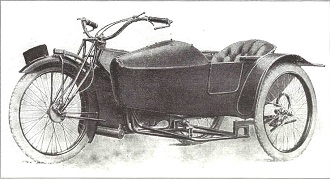
1922 ABC with sidecar.

Henri Naas (at the time on a racing Griffon...) during a test flying start kilometer in 1910.
1920 was also a bad year for France. The patent agreements signed with the ABC Company were based on the economic conditions at the beginning of 1919, and it was no longer possible to keep the prices down. Gnome et Rhône decided it would be preferable to take control of the company in order to obtain the necessary margins. So from then on they built the ABC under their own name. The machine was given a warm welcome in France.
The 400 G&R ABC was particularly fast and responsive. Its engine easily developed 7 brake horse power, but under the cylinder based classification it was called three HP, then three and a half HP. Shortly afterwards its sister model was launched: a 5 HP 500cc (only the engine, whose sump had been reinforced, made the difference). It was used for racing and with a side-car. Only a few units of this machine were built.
One only needs to read the user’s manual of the ABC to realise that this machine was not meant for the man in the street. In the chapter dealing with oiling, one can read (notice the style of the time): “This ABC engine does not require much oil, but it requires it continuously. It is preferable for the beginner to overdo the oiling at first, without allowing it to smoke. The rider will be concentrating on his riding technique.
The machine’s speed and flexibility may be a little surprising but on the other hand, when the rider has mastered it he will only need to take care of oiling which is the main issue to maintain the engine in good order. Only use good quality semi-fluid oil. A slight trail of blue smoke is an indication that the motorcycle is well oiled. Always keep the cylinders well-polished, a light buff with a cloth suffices. This will give an indication that the engine is running well. The first fin can take on a blue tinge, the second and third a yellowish tinge, but the other fins should remain unchanged. If the colouring increases check the oiling, which may not be adequate. Or it could be due to a lack of sufficient cooling, as the engine is running too fast in relation to the machine’s road speed.
The right engine RPM lies between 3000 and 4000 revs: at 3 500 in 1st gear, you reach a speed of 32 km/h, in second gear you can go up to 44 km/h, in 3rd 57km/h and finally 76km/h in 4th gear. Consequently, you reach around 100km/h in 4th gear with 4000 revs.”
The ABC and racing: Naas and Bertrand entering the stage
For one of its first big races, the ABC was entered in the” Grenoble Six Day Race” in July 1920: four days in the Grenoble area, two more riding back to Paris in two stages, Grenoble-Nevers and Nevers-Paris. This event organised by Messieurs Longuemare and Foureau numbered 15 competitors out of which 12 finished the race, amongst others Naas, Detruche and Borgotti on an ABC 500.
It must be noted that among the competitors there was a Gustave Bernard on an Indian 1000. The young man, who was 27 years old and born on 24 November 1893 in Biache (Pas de Calais area) came from the aviation sector. In 1916, he was a mechanic at Guynemer, at the Stork squadron, then for Fonck, the ace of aces. Attracted to motorcycling he purchased an Indian 1000, which was on the starting line of the “Grenoble Six days”, a race where he finished first in front of the ABCs. The latter, in spite of the difference in power, performed very well, all the more as this event was described as “the toughest road bike race that has ever taken place”. His victory was decisive in his being hired to work for Gnome and Rhône. He remained there for his entire career, alongside Naas, who also came from the Pas de Calais region, where he had been born in 1889 in a well to do family. He had started competing at a very early age in races before WW1.
The infernal duo Bernard-Naas were to reap a considerable number of victories between the two wars and even afterwards as far as Bernard was concerned.
In 1921, at the French Grand Prix, 3 ABCs were on the starting line near Provins, with Naas, Bernard and Bartlett (an engineer for Gnome and Rhône who appears again later) at the handlebars.
The triangular shaped closed circuit measured 18.26 km per lap. It ran through Courchamp, Rupéreux, Vaulton and Saint-Martin-des-Champs. Out of the 51 entrants 35 were at the start and only 18 crossed the finishing line! The cause was mainly the drought which, like everywhere else, had damaged the roads, and the unbearable heat which was hard on the pneumatic tyres.
So, the race was very tough. Bernard obtained the lap record in 11’7”, almost 100km/h average. ABC won the French Grand Prix of Motorcycles awarded to the firm whose team of three rides came first by the sum of its times, i.e. 10h48mins. Moreover, in that same year, ABC won the French Road Bike Championship.
In 1922 three ABCs were on the starting line of the French Grand Prix. At the finish 1st and 2nd Naas and Bartlett, who were ahead of Jolly on an Alcyon. During the Grand Prix, Naas completed the 325kms in 3h 28mins and 42sec and held the record of the race with an average of 104.22 km/h.
But the ABCs did not just triumph in France. They also had their hour of glory beyond the borders, in Belgium for instance.
The evolution and the end of the ABC
Sadly, after having manufactured about 3000 machines, both 400 and 500cc, the ABC was shelved. Prices shot up, and that was the main reason for discarding it. How sad! But this motorcycle was reserved for wealthy connaisseurs, unfortunately too rare.
One of the main faults of the ABC lay in its cooling system. From 1922 onwards the engine sump was therefore modified, an oil tank was fitted in its lower part and an automatic oil pump was placed at the front of the engine. This was linked directly to the crankshaft.
The position of the carburettor, away from the cylinders, meant that in extremely cold weather it tended to ice over. That is why the manifold was fitted with a clever heating system coming from the exhaust system.
The only drawback with this system was that the exhaust fumes tended to corrode the manifold, and it was not unusual for the exhaust fumes to combine with the fresh fuel mixture, making it impossible to tune the engine.
The manifold needed to be airtight throughout to avoid air infiltrating into it. As for the racing models, they were fitted with two carburettors.
This engine, in view of its light weight and performance, attracted the attention of “aviettes” (light aircraft) flyers. This type of aeroplane could carry one or two people but no heavy equipment or crew. It was to be more of a motorised glider using thermals. Le Petit Parisien Newspaper organised the Moto-Aviette Competition in July 1923.The rules were as follows: 250 kg in weight including the pilot, an ascent of 500m in less than 30 minutes, at least 300 kilometers covered without a stop, and all this on a closed circuit of about 10 km. The ABC/G&R engine with a modification for the propeller was proposed to potential aviette builders. It was presented in its entirety with a carburettor, manifold and a propeller hub. This engine only weighed 18 kg.
Mr Desgrandchamps presented a monoplane fitted with this engine at the Vandeville Congress.
The ABC’s swansong
In the thirties one specialist of the flat twin insisted on remaining true to the ABC. His name was André Barthélémy (not to be confused with the side car racer of the same name)
In 1935 an azure coloured machine with a Barthélémy engine was presented under the ABC make at the “Maison de la Moto” (Motorcycle House). The engine had undergone many alterations. The rocker arms were completely encased, so were the valves. The crankshaft had been lengthened by 5 cm, and oiling was carried out by a gear pump which sucked the oil out from an independent tank placed under the engine. Barthélémy’s entourage developed the cycle parts from a Gnome and Rhône CM2, whose frame had been entirely modified: arcs in tubing were rigidly fixed to the frame to protect the cylinders in case of a fall.
Another ABC built by Barthélémy used the frame of the “New Motorcycle”. Attention to detail went to the extent that the saddle supports were fitted on ball joints so that there was no torsion in the springs. A series of innovations included an electric start, a special distributor, an oil radiator with filter and a tyre pump.
In 1936 André Barthélémy was riding in a side-car attached to a machine built on a CM2 frame, and in which he had the supreme luxury of a radio. He commercialised this adaptation on Bernadet side cars and proposed an electric starter for the 750 X Type.
From "Gnome & Rhône - L'histoire des Motocyclettes" written by Daniel DAVID
Kindly translated by Monique Adam and Richard Johnson

